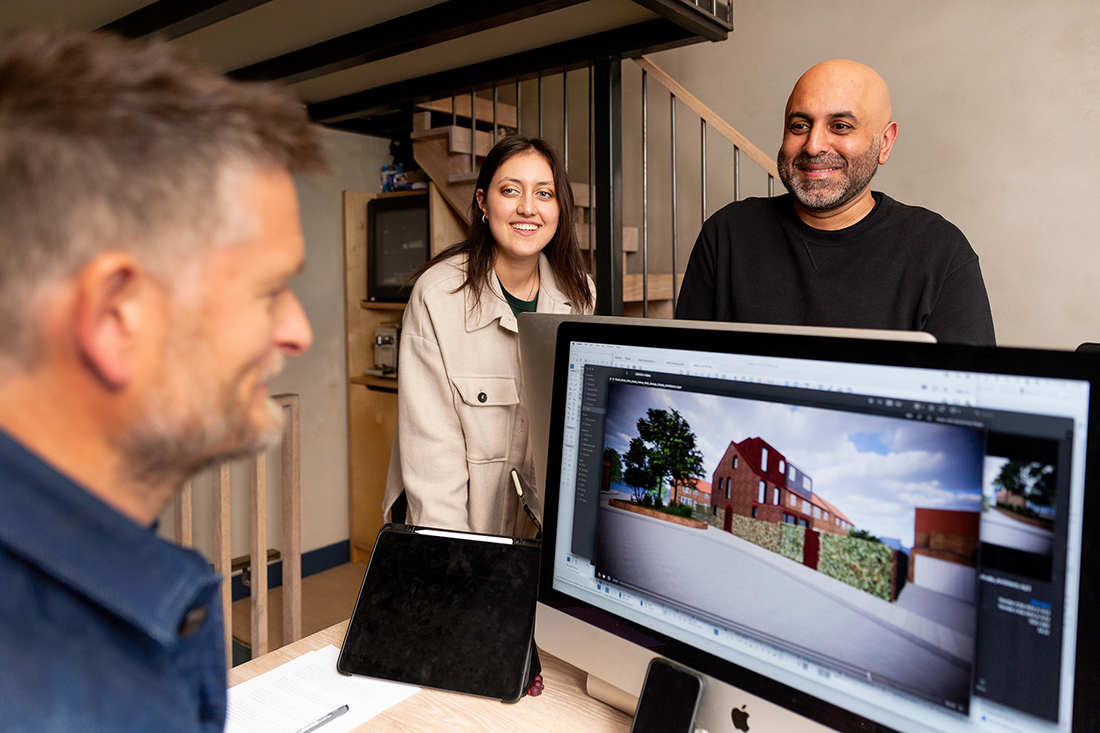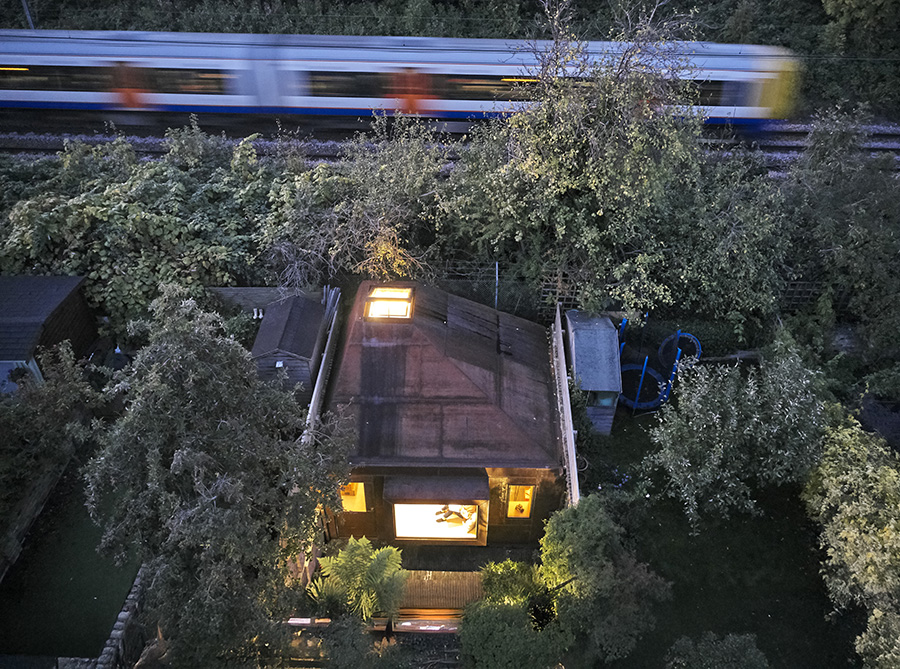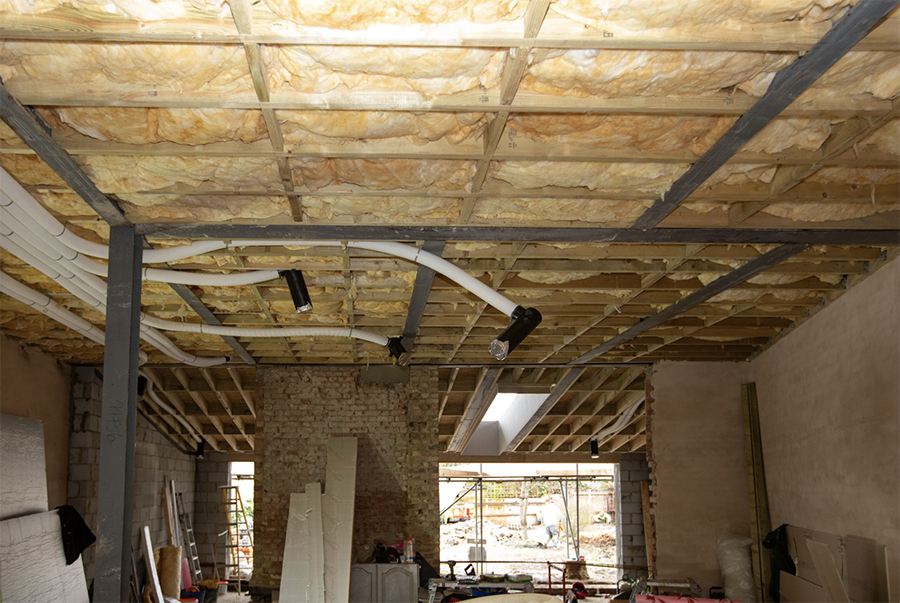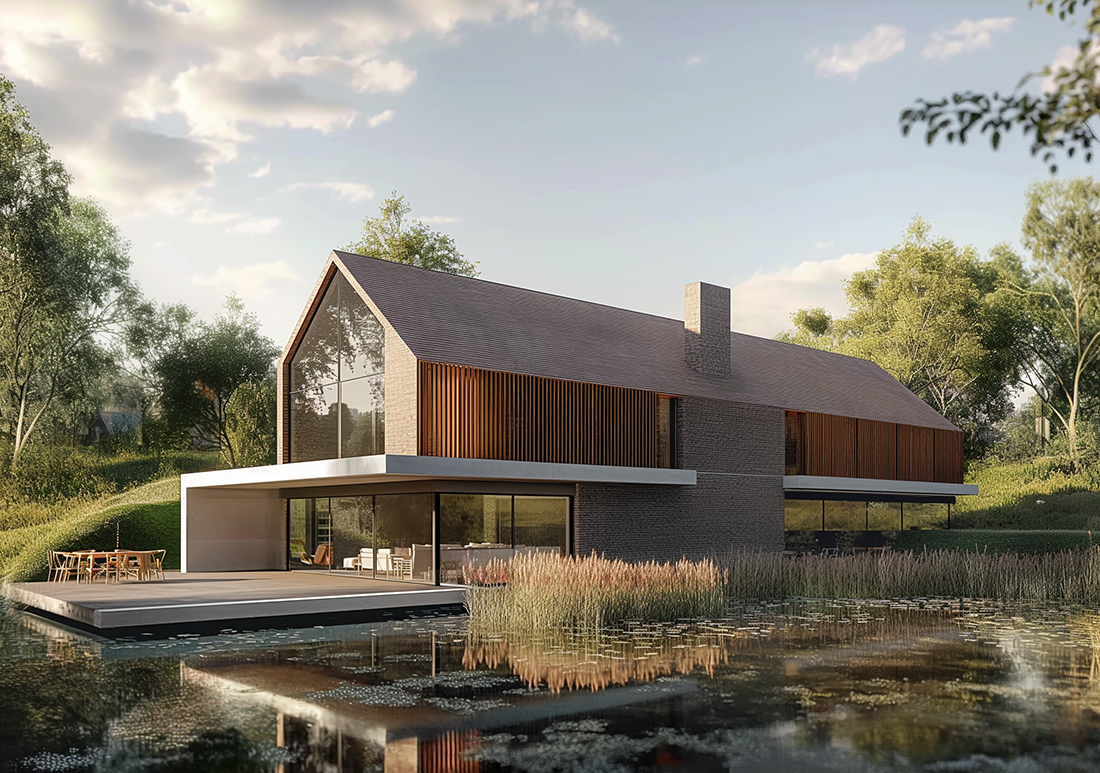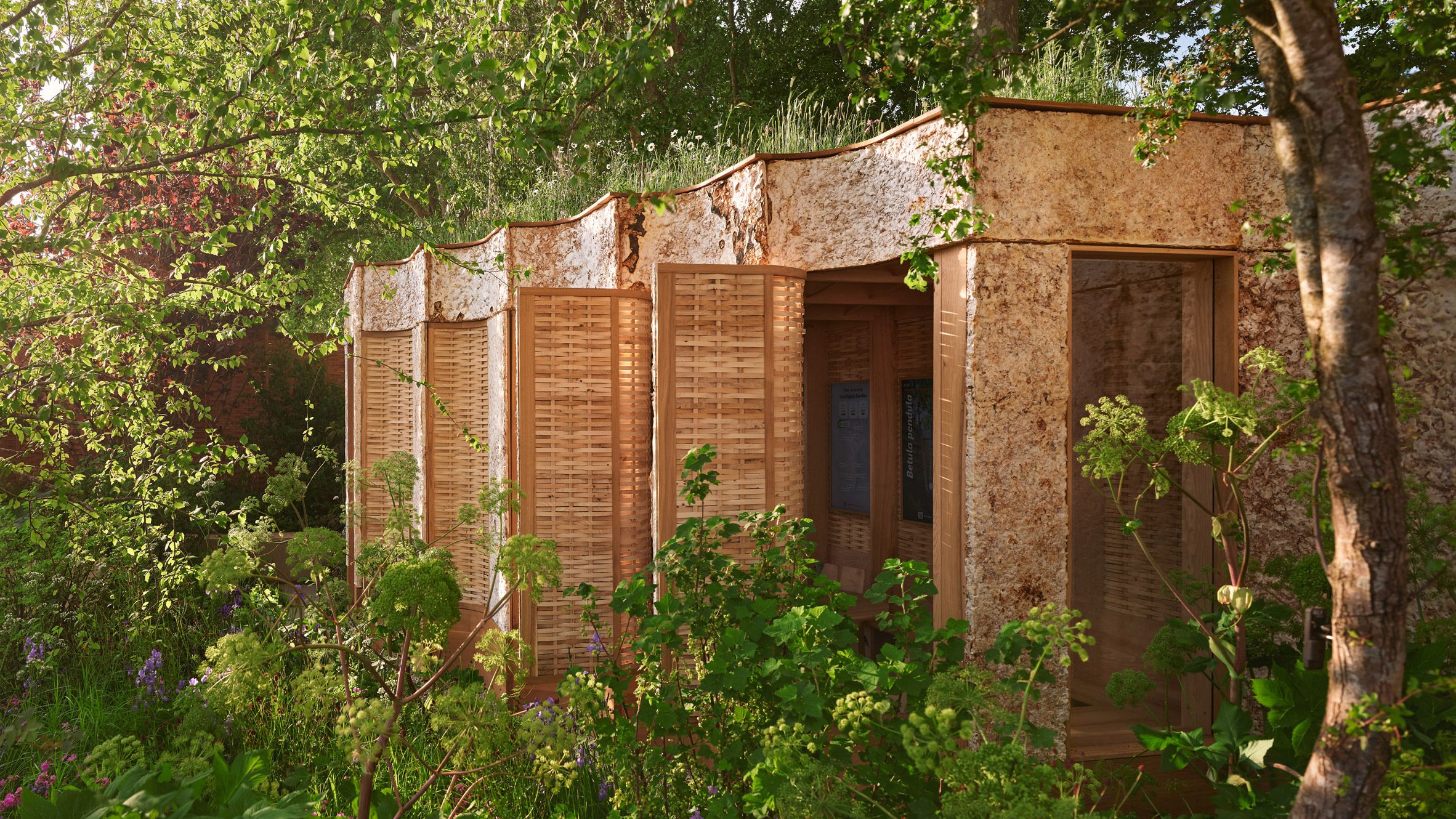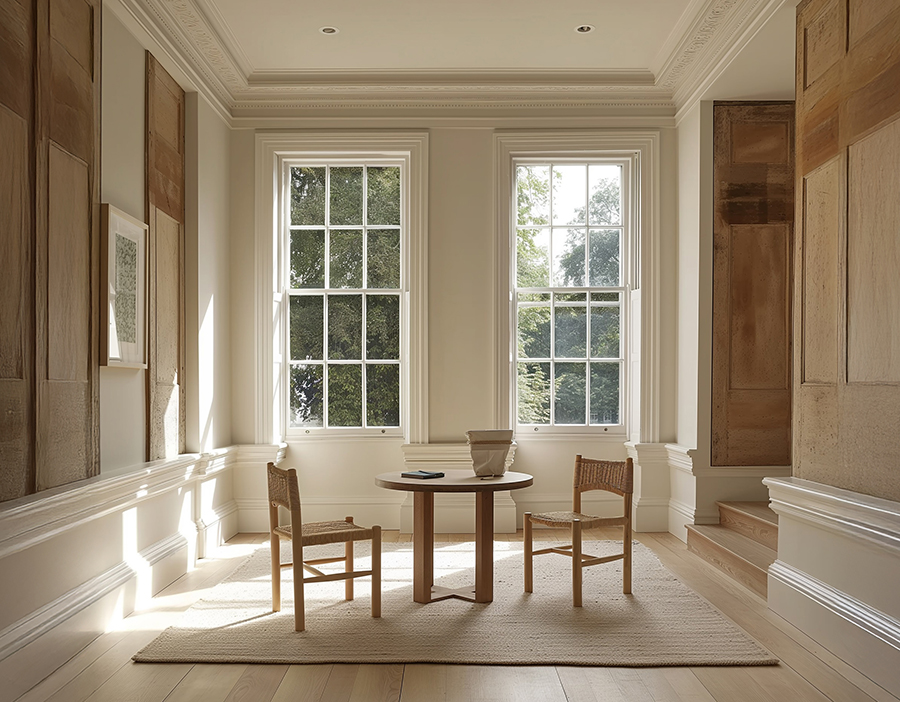How to Find the Right Architect for Your London Home
by Sean Hill on Jul 2, 2025
Sean Ronnie Hill and Imran Jahn from RISE Design Studio collaborating with their team on a sustainable residential design for a low-energy London home. Designing or renovating a home in London is more than just a project - it’s a chance to shape how you live and how lightly you tread …
Do I Need Planning Permission for a Shed or Garden Office? A Guide to Building Sustainable Outbuildings
by Sean Hill on Jul 1, 2025
At some point, many of us outgrow our homes — not in spirit, but in space. A quiet garden office, a sturdy shed, a timber studio for work, play or simply to sit still. These aren’t just buildings — they’re small revolutions in how we choose to live, lightly and purposefully.
Why an Architectural Feasibility Study Matters
by Sean Hill on Jul 1, 2025
Every project begins long before a spade touches soil. It starts in that hazy, hopeful place where ideas spark and dreams form — and where the wise pause to ask: Is this really possible?
Designing for Summer: Why Retrofit Is More Than a Winter Strategy
by Sean Hill on Jun 25, 2025
☉ At RISE Design Studio, we believe good architecture doesn’t just shelter us - it sustains us. That means thinking beyond cold snaps and insulation R-values. As our summers get longer, hotter, and more unpredictable, the conversation around retrofit must evolve. It’s no longer just a …
Listening, Legacy, and Low Energy: Sean Ronnie Hill on the Green Building Matters Podcast
by Sean Hill on Jun 17, 2025
What does it mean to build better? To design not just for beauty, but for performance, comfort, and future generations?
Crafting Legacy in the Landscape: Building a Paragraph 84 Home
by Sean Hill on Jun 4, 2025
An Interview with Planning Consultant Sally Arnold
Design with Purpose - Join RISE Design Studio as a Project Architect
by Sean Hill on Jun 2, 2025
London | Full-time | Permanent role
How a Small Shed at Chelsea Is Inspiring Big Ideas at RISE
by Sean Hill on May 29, 2025
Nature’s Quiet Genius This year at the Chelsea Flower Show, we were captivated by the Intelligent Garden pavilion designed by Studio Weave, with landscape designer Tom Massey and furniture maker Sebastian Cox. Their careful craft and material curiosity sparked ideas that continue to s …
A Thousand-Year Responsibility: Lessons from Japanese Carpentry
by Sean Hill on May 26, 2025
During the bank holiday weekend, I visited Japan House in London and stepped into a world shaped by hand, heart, and humility.
Breathing New Life into Old Walls: Sustainable Refurbishment of Listed Buildings
by Sean Hill on May 21, 2025
There’s something deeply grounding about working on a listed building. You’re not just altering a structure - you’re continuing a story. A story etched in hand-forged nails, lime-washed walls, and timber beams that have withstood centuries. But let’s be honest - these buildings were n …

